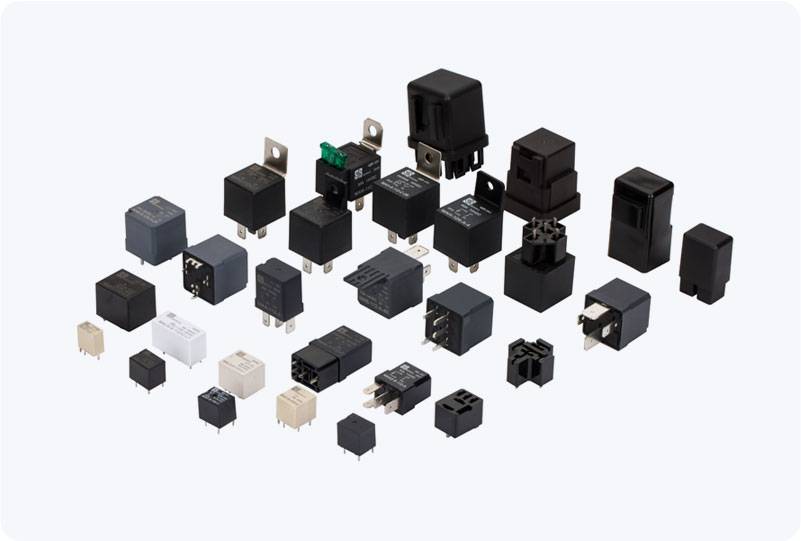the power of automation relay: revolutionizing control systems
Release time:2025-10-28 17:06:28
In today's fast-paced industrial landscape, automation plays a critical role in improving efficiency, reducing human error, and optimizing operations. One key component in the automation realm is the automation relay, which has become an indispensable part of modern control systems. This article explores the function, advantages, and applications of automation relays in various industries.

What is an Automation Relay?
An automation relay, often referred to as a control relay, is an electrically operated switch that plays a crucial role in controlling the flow of electricity in an automation system. It functions as an intermediary device, enabling or interrupting the power supply to various components, such as motors, lights, or alarms, based on specific conditions or inputs.
Relays work by using an electromagnetic coil to open or close a set of contacts. When current flows through the coil, it generates a magnetic field that causes the contacts to either connect or disconnect, allowing or stopping the flow of electricity to the connected device. Automation relays are particularly valuable for controlling systems that require high voltage or large amounts of current, as they can effectively isolate the control circuit from the power circuit.

